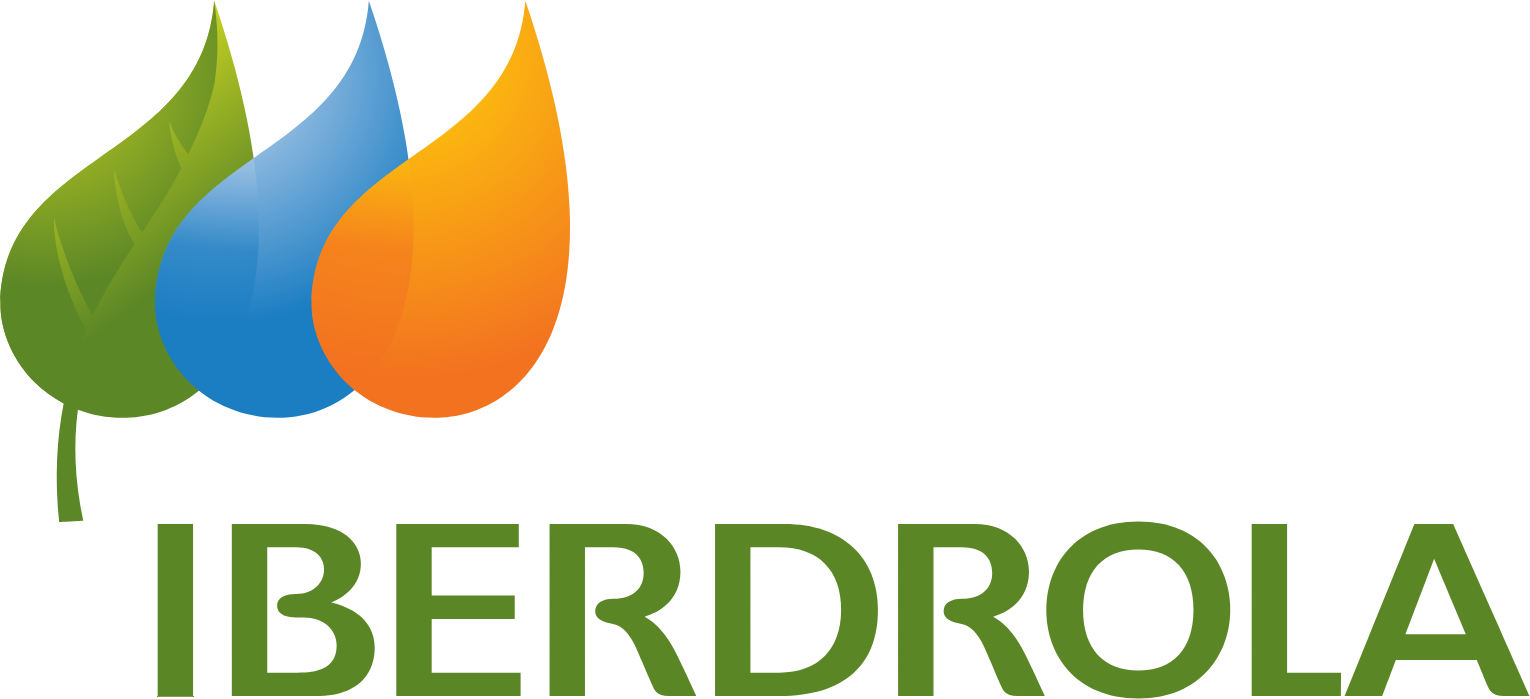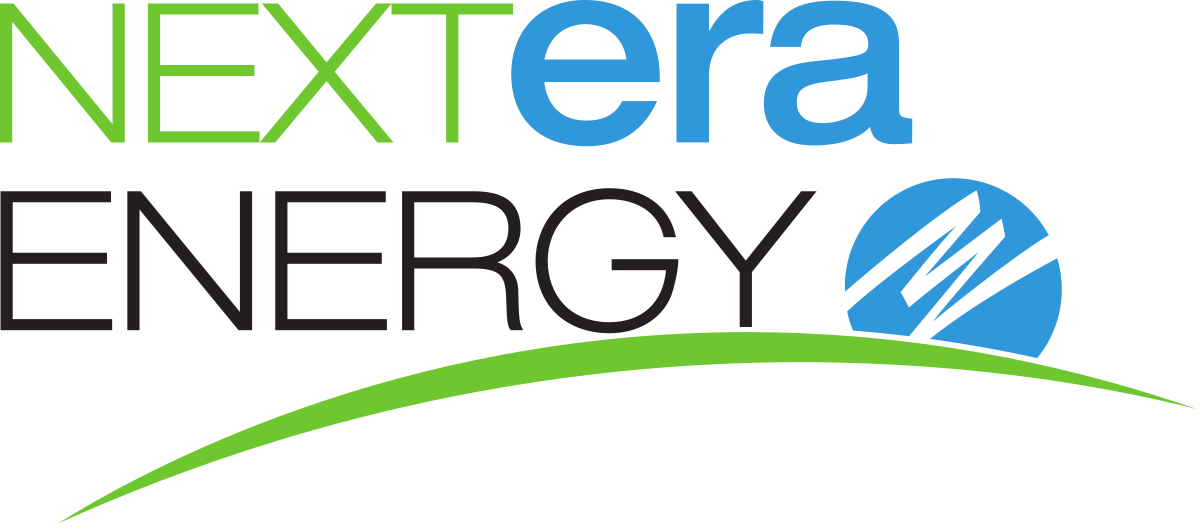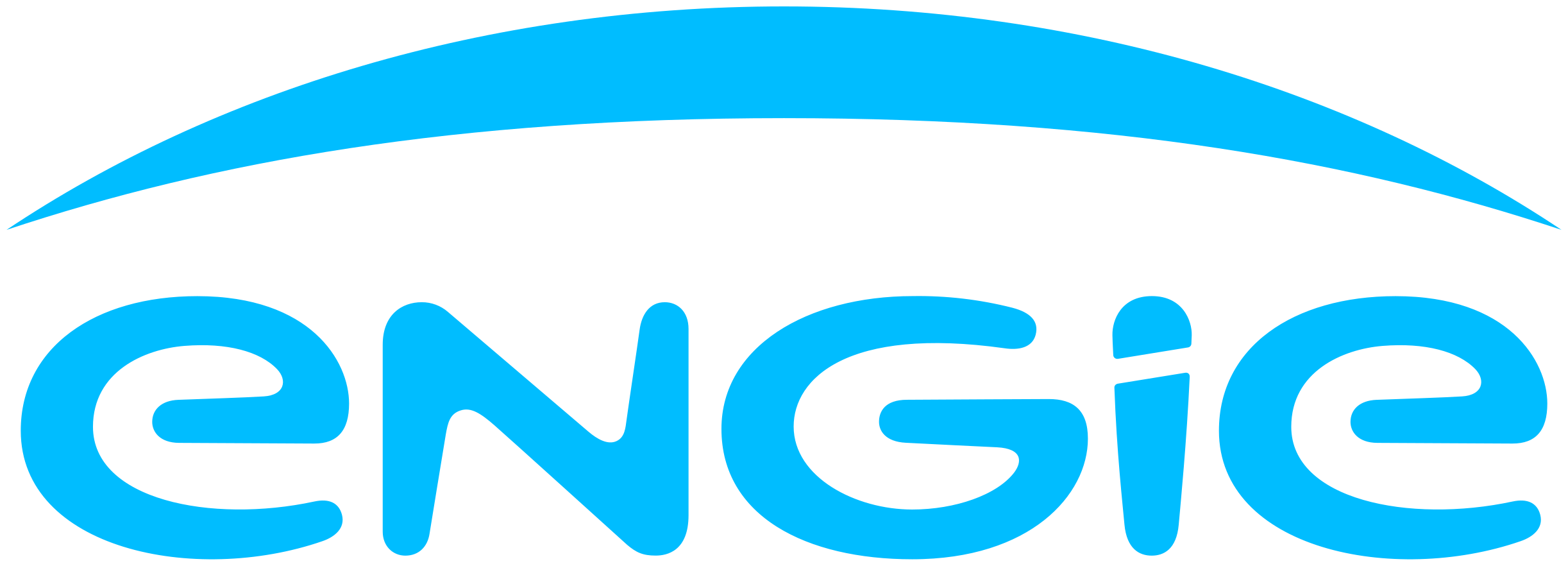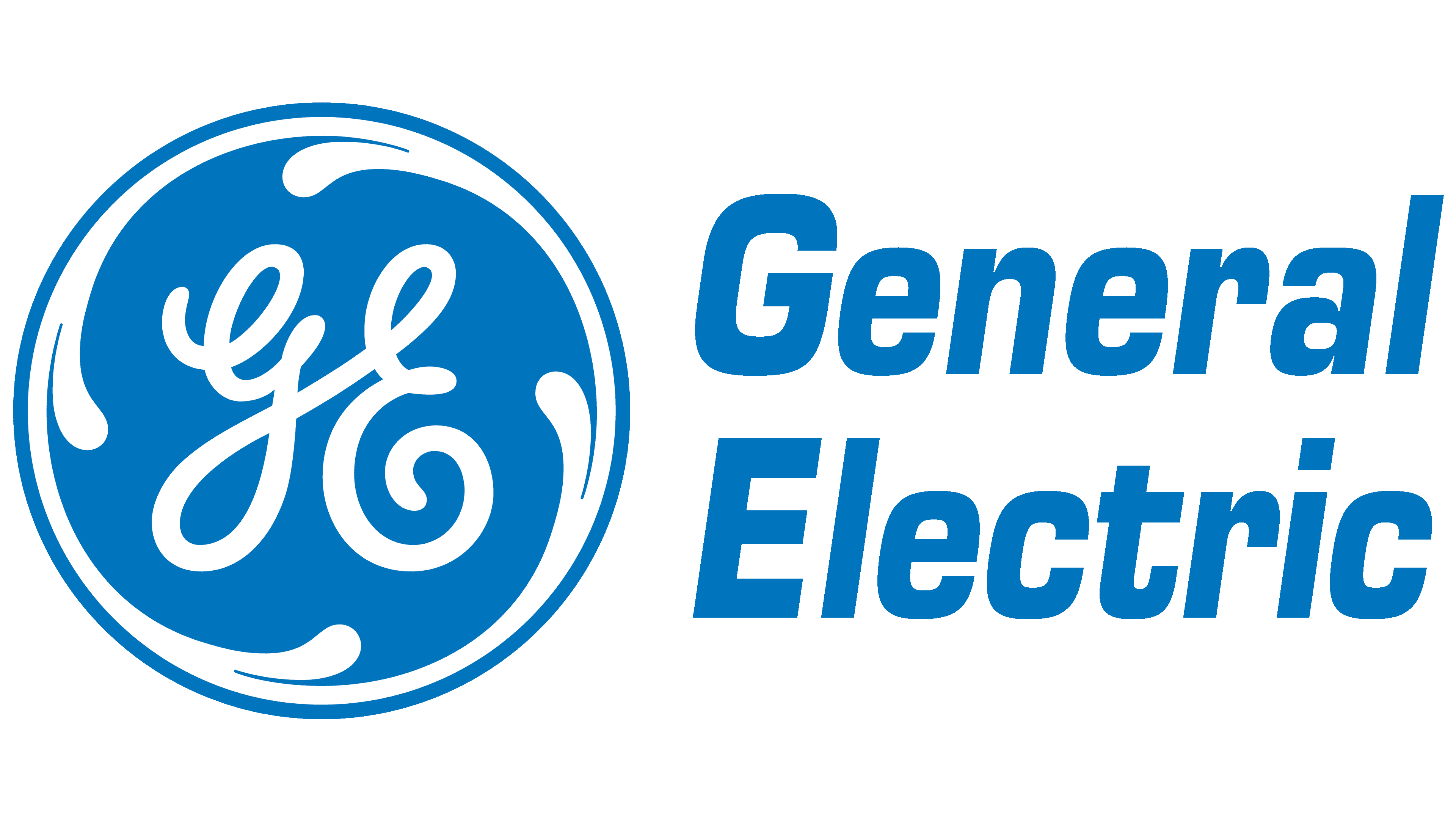Global Thermal Energy Storage Market Insights, Growth, Share, Size: By Energy Storage Systems, By Storage Medium, By End Users, By Region & Segmental Forecast, 2023-2031, Comparative Analysis and Trends
- Industry: Energy & Power
- Report ID: TNR-110-978
- Number of Pages: 420
- Table/Charts : Yes
- November, 2023
- Base Year : 2024
- No. of Companies : 12+
- No. of Countries : 29
- Views : 10205
- Covid Impact Covered: Yes
- War Impact Covered: Yes
- Formats : PDF, Excel, PPT
According to The Niche Research, Global Thermal Energy Storage Market is Anticipated to reach USD 22.6 Bn by 2031

Thermal energy storages are a critical component of the global energy landscape, playing a pivotal role in the storage, management, and utilization of thermal energy. These systems are designed to capture, store, and efficiently deploy thermal energy for a wide range of applications, including heating, cooling, electricity generation, and industrial processes. As the world continues to transition toward renewable energy sources such as solar and wind, the demand for effective energy storage systems, including thermal energy systems, is expected to increase and upsurge the growth of the thermal energy storage market.
Global Thermal Energy Storage Market Growth Factors
With the devastating consequences of increasing temperatures in mind, there has been a global push in recent years for the development of energy-saving, eco-friendly systems for water production, HVAC applications, electricity generation, and so on. Due to their numerous characteristics, thermal energy conversion and storage devices provide relatively practical possibilities. Thermal energy storage systems may store excess energy in favourable conditions and deliver clean, economical energy in unfavourable conditions in a variety of forms such as heating, cooling, drinking water, or even power generating. Thermal energy conversion systems, on the other hand, can help to enhance the percentage of renewables in the energy mix and play an important part in a future decarbonized society.

Thermal storage is often viewed as the renewable energy campaign’s future since, unlike many intermittent renewable resources such as wind energy, it provides a “zero-emissions” technology with solid capacity and dispatchability. Thus with the global efforts to reduce greenhouse gas emissions and combat climate change will bolster the thermal energy storage market’s growth during the forecast period 2023-2031.
Report Coverage and Deliverables

Thermochemical energy storage systems are anticipated to be the fastest growing segment in global thermal energy storage market in 2022. Thermochemical methods are commonly utilised to produce hydrogen. Because of the already significant and growing demand for hydrogen in the industrial and energy sectors, allowing hydrogen production technologies become even more crucial when considering the nascent and growing market for hydrogen in the transportation sector. Direct water splitting techniques that use electricity, heat, or light to create hydrogen and oxygen from water are becoming more appealing when compared to existing hydrogen generation from fossil fuels.
The thermal energy storage market in Europe is expected to continue evolving in response to the region’s energy transition goal. Countries like Spain have made significant investments in CSP plants with molten salt thermal energy storage, allowing for continuous electricity generation from solar power, even during the night or cloudy periods. CSP has been a prominent technology in Europe’s quest for clean energy.
Besides market players in the region are investing into expanding their and building thermal energy storage systems across various countries in Europe, For instance, Hyme, Scandinavian pioneer, is constructing a 1 MW/20 MWh facility on the Danish island of Bornholm. The molten salt system will offer heat, electricity, and auxiliary services to the local network once it is operational in 2024.
 Thermal energy system is a major market in North America. In 2022, the region held the most market share. Thermal energy storage systems have been used in district heating and cooling applications in cities across North America. These systems enhance energy efficiency, reduce emissions, and support the transition to low-carbon heating and cooling solutions. The rapid deployment of thermal energy storage systems in industrial applications is projected to drive the North American market.
Thermal energy system is a major market in North America. In 2022, the region held the most market share. Thermal energy storage systems have been used in district heating and cooling applications in cities across North America. These systems enhance energy efficiency, reduce emissions, and support the transition to low-carbon heating and cooling solutions. The rapid deployment of thermal energy storage systems in industrial applications is projected to drive the North American market.
Competitive Landscape
The global thermal energy storage market is evolving with new entrants and changes in market dynamics. The global thermal energy storage market is influenced by factors such as government policies, technological advancements, renewable energy trends, and the growing need for energy storage solutions. The report consists an in-depth analysis of the global market participants and their mergers, acquisitions, recent developments and product portfolio.
Major market players operating in the global thermal energy storage market are:
- Abengoa
- Baltimore Aircoil Company
- Brenmiller Energy Ltd
- Caldwell Energy CompanyThermal Energy Storage Market
- Deepchill Solutions Inc.
- DN Tanks
- Dunham-Bush
- Enesoon Holding Group Company
- Fitzer Incorporation
- EVAPCO, Inc
- Goss Engineering
- Terrafore Technologies LLC
- Trane
- Other market participants
Global Thermal Energy Storage Market Report Coverage
| Report Specifications | Details |
| Market Revenue in 2022 | US$ 4.3 Billion |
| Market Size Forecast by 2031 | US$ 22.6 Billion |
| Growth Rate (CAGR) | 16.3% |
| Historic Data | 2015 – 2021 |
| Base Year for Estimation | 2022 |
| Forecast Period | 2023 – 2031 |
| Report Inclusions | Market Size & Estimates, Market Dynamics, Competitive Scenario, Trends, Growth Factors, Market Determinants, Key Investment Segmentation, Product/Service/Solutions Benchmarking |
| Segments Covered | By Energy Storage Systems, By Storage Medium, By End Users |
| Regions Covered | North America, Europe, Asia Pacific, Middle East & Africa, Latin America |
| Countries Covered | U.S., Canada, Mexico, Rest of North America, France, The UK, Spain, Germany, Italy, Nordic Countries (Denmark, Finland, Iceland, Sweden, Norway), Benelux Union (Belgium, The Netherlands, Luxembourg), Rest of Europe, China, Japan, India, New Zealand, Australia, South Korea, Southeast Asia (Indonesia, Thailand, Malaysia, Singapore, Rest of Southeast Asia), Rest of Asia Pacific, Saudi Arabia, UAE, Egypt, Kuwait, South Africa, Rest of Middle East & Africa, Brazil, Argentina, Rest of Latin America |
| Key Players | Abengoa, Baltimore Aircoil Company, Brenmiller Energy Ltd, Caldwell Energy Company, Deepchill Solutions Inc., DN Tanks, Dunham-Bush, Enesoon Holding Group Company, Fitzer Incorporation, EVAPCO, Inc, Goss Engineering, Terrafore Technologies LLC, Trane, Other Industry Participants |
| Customization Scope | Customization allows for the inclusion/modification of content pertaining to geographical regions, countries, and specific market segments. |
| Pricing & Procurement Options | Explore purchase options tailored to your specific research requirements |
| Contact Details | Consult With Our Expert
Japan (Toll-Free): +81 663-386-8111 South Korea (Toll-Free): +82-808-703-126 Saudi Arabia (Toll-Free): +966 800-850-1643 United Kingdom: +44 753-710-5080 United States: +1 302-232-5106 E-mail: askanexpert@thenicheresearch.com
|
Global Thermal Energy Storage Market
By Energy Storage Systems
- Sensible Heat Storage
- Latent Heat Storage
- Thermochemical Storage
By Storage Medium
- Molten Salt
- Water
- Phase Change Materials
By End Users
- Residential
- Commercial
- Industrial
By Region
- North America (U.S., Canada, Mexico, Rest of North America)
- Europe (France, The UK, Spain, Germany, Italy, Nordic Countries (Denmark, Finland, Iceland, Sweden, Norway), Benelux Union (Belgium, The Netherlands, Luxembourg), Rest of Europe)
- Asia Pacific (China, Japan, India, New Zealand, Australia, South Korea, Southeast Asia (Indonesia, Thailand, Malaysia, Singapore, Rest of Southeast Asia), Rest of Asia Pacific)
- Middle East & Africa (Saudi Arabia, UAE, Egypt, Kuwait, South Africa, Rest of Middle East & Africa)
- Latin America (Brazil, Argentina, Rest of Latin America)
Table of Contents
Note: This ToC is tentative and can be changed according to the research study conducted during the course of report completion.
**Exclusive for Multi-User and Enterprise User.
Global Thermal Energy Storage Market Segmentation
By Energy Storage Systems
- Sensible Heat Storage
- Latent Heat Storage
- Thermochemical Storage
By Storage Medium
- Molten Salt
- Water
- Phase Change Materials
By End Users
- Residential
- Commercial
- Industrial
By Region
- North America (U.S., Canada, Mexico, Rest of North America)
- Europe (France, The UK, Spain, Germany, Italy, Nordic Countries (Denmark, Finland, Iceland, Sweden, Norway), Benelux Union (Belgium, The Netherlands, Luxembourg), Rest of Europe)
- Asia Pacific (China, Japan, India, New Zealand, Australia, South Korea, Southeast Asia (Indonesia, Thailand, Malaysia, Singapore, Rest of Southeast Asia), Rest of Asia Pacific)
- Middle East & Africa (Saudi Arabia, UAE, Egypt, Kuwait, South Africa, Rest of Middle East & Africa)
- Latin America (Brazil, Argentina, Rest of Latin America)
**Note: The report covers cross-segmentation analysis by region further into countries
The Niche Research approach encompasses both primary and secondary research methods to provide comprehensive insights. While primary research is the cornerstone of our studies, we also incorporate secondary research sources such as company annual reports, premium industry databases, press releases, industry journals, and white papers.
Within our primary research, we actively engage with various industry stakeholders, conducting paid interviews and surveys. Our meticulous analysis extends to every market participant in major countries, allowing us to thoroughly examine their portfolios, calculate market shares, and segment revenues.
Our data collection primarily focuses on individual countries within our research scope, enabling us to estimate regional market sizes. Typically, we employ a bottom-up approach, meticulously tracking trends in different countries. We analyze growth drivers, constraints, technological innovations, and opportunities for each country, ultimately arriving at regional figures.Our process begins by examining the growth prospects of each country. Building upon these insights, we project growth and trends for the entire region. Finally, we utilize our proprietary model to refine estimations and forecasts.
Our data validation standards are integral to ensuring the reliability and accuracy of our research findings. Here’s a breakdown of our data validation processes and the stakeholders we engage with during our primary research:
- Supply Side Analysis: We initiate a supply side analysis by directly contacting market participants, through telephonic interviews and questionnaires containing both open-ended and close-ended questions. We gather information on their portfolios, segment revenues, developments, and growth strategies.
- Demand Side Analysis: To gain insights into adoption trends and consumer preferences, we reach out to target customers and users (non-vendors). This information forms a vital part of the qualitative analysis section of our reports, covering market dynamics, adoption trends, consumer behavior, spending patterns, and other related aspects.
- Consultant Insights: We tap into the expertise of our partner consultants from around the world to obtain their unique viewpoints and perspectives. Their insights contribute to a well-rounded understanding of the markets under investigation.
- In-House Validation: To ensure data accuracy and reliability, we conduct cross-validation of data points and information through our in-house team of consultants and utilize advanced data modeling tools for thorough verification.
The forecasts we provide are based on a comprehensive assessment of various factors, including:
- Market Trends and Past Performance (Last Five Years): We accurately analyze market trends and performance data from preceding five years to identify historical patterns and understand the market’s evolution.
- Historical Performance and Growth of Market Participants: We assess the historical performance and growth trajectories of key market participants. This analysis provides insights into the competitive landscape and individual company strategies.
- Market Determinants Impact Analysis (Next Eight Years): We conduct a rigorous analysis of the factors that are projected to influence the market over the next eight years. This includes assessing both internal and external determinants that can shape market dynamics.
- Drivers and Challenges for the Forecast Period:Identify the factors expected to drive market growth during the forecast period, as well as the challenges that the industry may face. This analysis aids in deriving an accurate growth rate projection.
- New Acquisitions, Collaborations, or Partnerships: We keep a close watch on any new acquisitions, collaborations, or partnerships within the industry. These developments can have a significant impact on market dynamics and competitiveness.
- Macro and Micro Factors Analysis:A thorough examination of both macro-level factors (e.g., economic trends, regulatory changes) and micro-level factors (e.g., technological advancements, consumer preferences) that may influence the market during the forecast period.
- End-User Sentiment Analysis: To understand the market from the end-user perspective, we conduct sentiment analysis. This involves assessing the sentiment, preferences, and feedback of the end-users, which can provide valuable insights into market trends.
- Perspective of Primary Participants: Insights gathered directly from primary research participants play a crucial role in shaping our forecasts. Their perspectives and experiences provide valuable qualitative data.
- Year-on-Year Growth Trend: We utilize a year-on-year growth trend based on historical market growth and expected future trends. This helps in formulating our growth projections, aligning them with the market’s historical performance.
Research process adopted by TNR involves multiple stages, including data collection, validation, quality checks, and presentation. It’s crucial that the data and information we provide add value to your existing market understanding and expertise. We have also established partnerships with business consulting, research, and survey organizations across regions and globally to collaborate on regional analysis and data validation, ensuring the highest level of accuracy and reliability in our reports.










